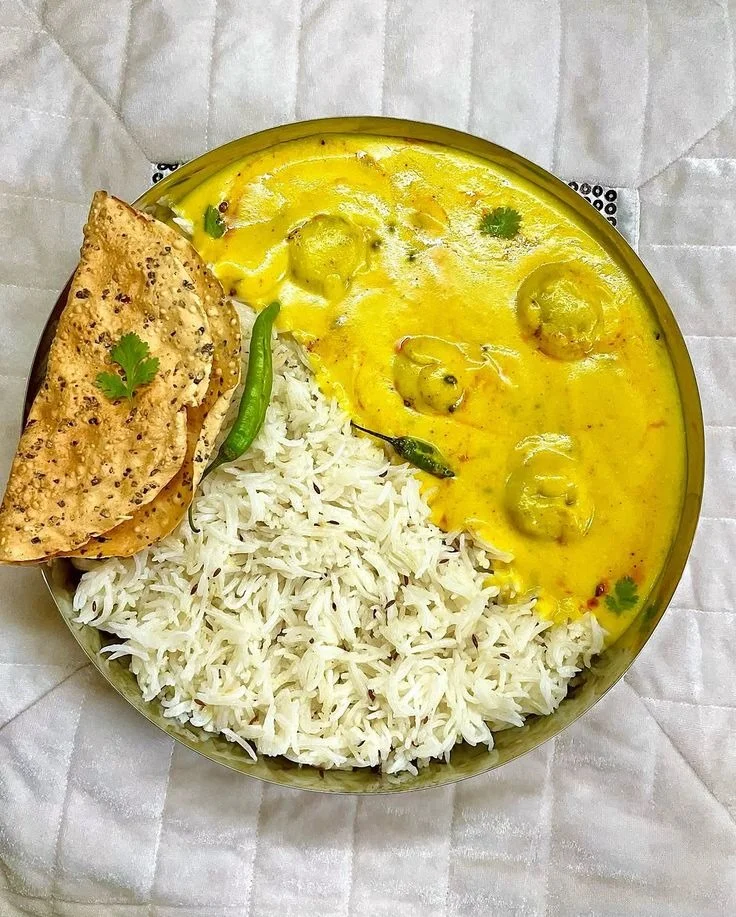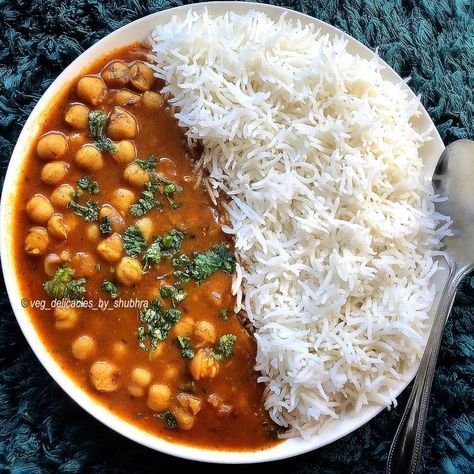
Hare Krishna 🙏 dear devotees 🙏
Let’s sit down like we’re chatting on a cool morning, the aroma of tulsi leaves and roasted jeera floating in the air, and we’re sharing stories of health, devotion, and simple living. I’m going to walk you through a recipe that’s more than just an ayurvedic drink—it’s a prayer in a cup, a warm, healing elixir from the heart of Bharatiya kitchen wisdom: a Satvik Kadha for digestion. Not just any kadha, but the kind that even our dadi or nani would lovingly simmer on the chulha while chanting God’s name. No chemicals, no processed fuss. Just nature, devotion, and intention.
🍃 What is a Satvik Kadha, Really?
Before we dive into the recipe, let’s understand this kadha through the lens of satvik living. The word “satvik” comes from the Sanskrit word “sattva”, which means purity, light, harmony, and balance. So, in essence, a satvik kadha is pure, clean, fresh, and energizing, made with herbs and spices gifted by nature, aligned with Ayurveda and the body’s inner intelligence.
Now, kadha itself is a traditional Indian herbal decoction—basically water simmered with powerful, natural ingredients. It’s not a modern detox drink, nor a trendy health shot. It’s been in our kitchens and ashrams for centuries—silently healing, gently balancing, and strengthening our Agni (digestive fire). A proper kadha for digestion works not just on the stomach, but on manas (mind) too.
🌱 Why Digestion Matters in Satvik Living
In Ayurveda, “Roga Sarve Api Mandagnau” — all diseases are said to begin with weak digestion. Our digestion isn’t just about food breakdown, it’s about how well we process life itself. That’s why a well-made digestive kadha isn’t just about gut relief, it’s a satvik ritual, a healing expression of caring for your inner temple.
🍵 The Satvik Digestive Kadha Recipe
Let’s begin. No tea bags, no readymade powders—just your kitchen, a small pot, and a heart full of faith. We will gather fresh ingredients, pray over them if possible, and make it with full attention and devotion.
🛒 Ingredients (for 2 servings)
- Water – 2.5 cups (always start with more, as it will reduce)
- Fresh Tulsi leaves – 6-8 (or 1 tsp dried tulsi if fresh not available)
- Ajwain (carom seeds) – 1/2 tsp
- Jeera (cumin seeds) – 1 tsp
- Saunf (fennel seeds) – 1 tsp
- Dry ginger powder (saunth) – 1/2 tsp (or 1 small slice of fresh ginger)
- Black peppercorns – 3-4 crushed (not too much, it should be balanced)
- Coriander seeds – 1 tsp (soothing and cooling for the gut)
- Licorice (mulethi) – a small piece (optional, for sweetness and liver support)
- A pinch of Hing (asafoetida) – especially good for bloating and gas
- Jaggery – to taste (just a touch, totally optional)
- Fresh lemon juice – 1 tsp (added after cooling slightly)
🪔 Optional Additions (as per season and need):
- Mint leaves (great in summer)
- Clove – 1 (if digestion is sluggish or you feel kapha heaviness)
- Fenugreek seeds – 1/4 tsp (especially for those with pitta-type indigestion)
🛕 Preparation: A Slow, Meditative Ritual
- Start with a prayer or intention. Light a diya or chant a mantra softly—let the act of making this kadha be an offering.
- Take a small clay or steel pot. Avoid aluminum or plastic ware. Pour in 2.5 cups of water.
- Add all your dry spices: jeera, ajwain, saunf, coriander seeds, peppercorns, saunth (or fresh ginger), and mulethi. Add tulsi leaves. Crush them slightly in your palm before dropping in—it awakens their prana.
- Turn the heat on low to medium. Let it come to a gentle boil. The idea isn’t to rush it, but to allow the flavors to slowly infuse, like thoughts dissolving during japa.
- Once it comes to a boil, reduce the flame and let it simmer uncovered for 10-12 minutes. Let it reduce to almost half.
- In the last minute of boiling, add a pinch of hing.
- Strain it into two cups. Add lemon juice once it’s slightly cool (never boil lemon juice—it ruins the Vitamin C and taste). Sweeten with a tiny bit of jaggery if you like, especially in winters.
- Sip slowly, seated comfortably, ideally with awareness of breath or with soft kirtan playing in the background.
🌼 When to Drink It?
- After meals: Especially if you feel bloated, heavy, or sluggish.
- Morning empty stomach: For detox and awakening digestion.
- Evening: If you’ve eaten something fried or heavy during the day.
Avoid drinking it too hot or too cold. Just warm—like the embrace of a good friend.
🙏 Bhakti + Bhojan = Real Healing
The beauty of a satvik kadha lies not only in ingredients but also in the vibration with which it’s prepared. When we cook or boil anything with a calm, sattvik mind, it carries a healing frequency.
Try chanting:
“Om Annam Brahma, Raso Vishnuh, Bhokta Devo Mahesvarah”
as you sip your kadha, remembering that every act of eating or healing can become divine.
🌸 The Ayurvedic Perspective
Each ingredient in this kadha serves a purpose:
- Ajwain: Deeply carminative, breaks down ama (toxins).
- Jeera: Supports agni (digestive fire), reduces pitta.
- Fennel: Cooling and calming, especially for acidity.
- Black pepper: Improves bioavailability of other herbs.
- Hing: Excellent for bloating, vata balancing.
- Tulsi: Adaptogen, immune supporter, heart chakra opener.
- Saunth: Warms and clears the stomach.
- Coriander seeds: Mild detoxifier, helps in bile flow.
This combination is tridoshic—balances vata, pitta, and kapha when used in right quantity.
💡 Tips from the Traditional Kitchen
- Don’t refrigerate kadha. It’s best fresh. If needed, store in a thermos for half a day, max.
- Avoid microwave. Always reheat in a pan.
- Pregnant women and those with ulcers should use less ajwain and black pepper.
- If acidity is a problem, skip lemon and use coriander + fennel more generously.
- For chronic constipation, you can add a few leaves of senna or haritaki occasionally (under guidance).
🍂 Kadha as a Ritual, Not a Remedy
In many vaishnav ashrams and goshalas, kadha is served not as “medicine” but as prasadam. Because digestion is a spiritual matter too—our ability to digest food also reflects how we digest emotions, thoughts, and life changes.
You’ll notice when you start drinking kadha mindfully, your body responds quickly, almost gratefully. Bloating reduces, burping stops, and the belly feels light and warm. But more than that, you’ll feel a sense of internal quiet. That’s sattva rising.
☘️ Personal Anecdote (from a Bhakta Friend)
One of my devotee friends in Vrindavan once told me, “Every time I feel a little off—emotionally or physically—I sit with my kadha, tulsi in it, close my eyes and chant one round. By the end of it, the ache in my stomach or heart softens.” That’s the true power of sattvik kadha—it heals the body and uplifts the soul.
🌿 Final Thoughts: Less is More, Always.
In today’s time, where digestion is under attack by over-eating, eating under stress, processed food, and late-night Netflix snacking—a simple satvik kadha can be your gentle friend. Not loud like a painkiller. Not aggressive like caffeine. But quiet, warm, and wise—like the stories of old saints and seers.
In this cup, you’re not just drinking herbs. You’re drinking tradition, devotion, and self-love.
So next time your stomach complains, don’t rush to a pill. Just step into your kitchen, gather a few sacred seeds and leaves, simmer them with a mantra, and offer it to your inner deity.
And remember, true digestion begins when the mind is at peace.
Jai Shree Radhe🙏
Let this kadha not just digest your meals but also your worries. If you prepare it today, offer a cup to someone you love. Maybe a neighbor, your mother, or even your inner child.
If you’d like me to write more such Satvik recipes, with stories, shlokas, and wisdom wrapped around them, I’d be blessed to continue.
🌼 Hare Krishna 🌼



